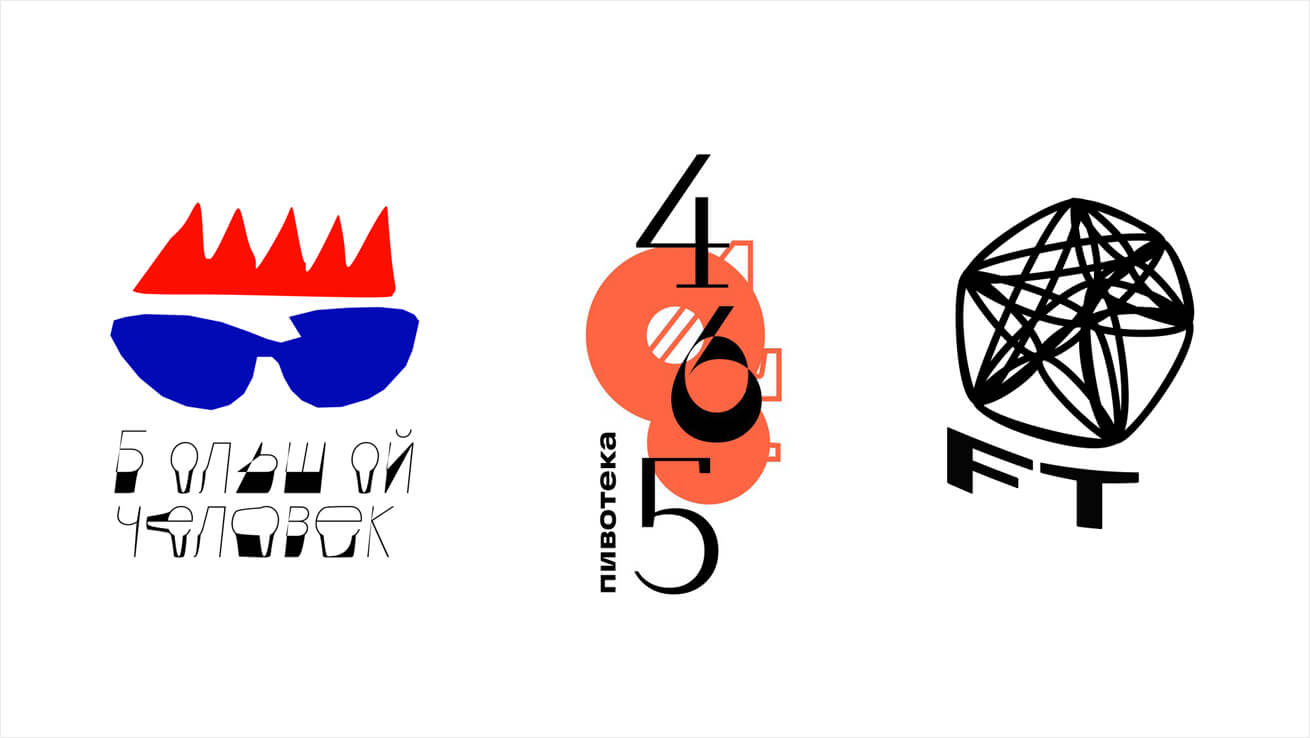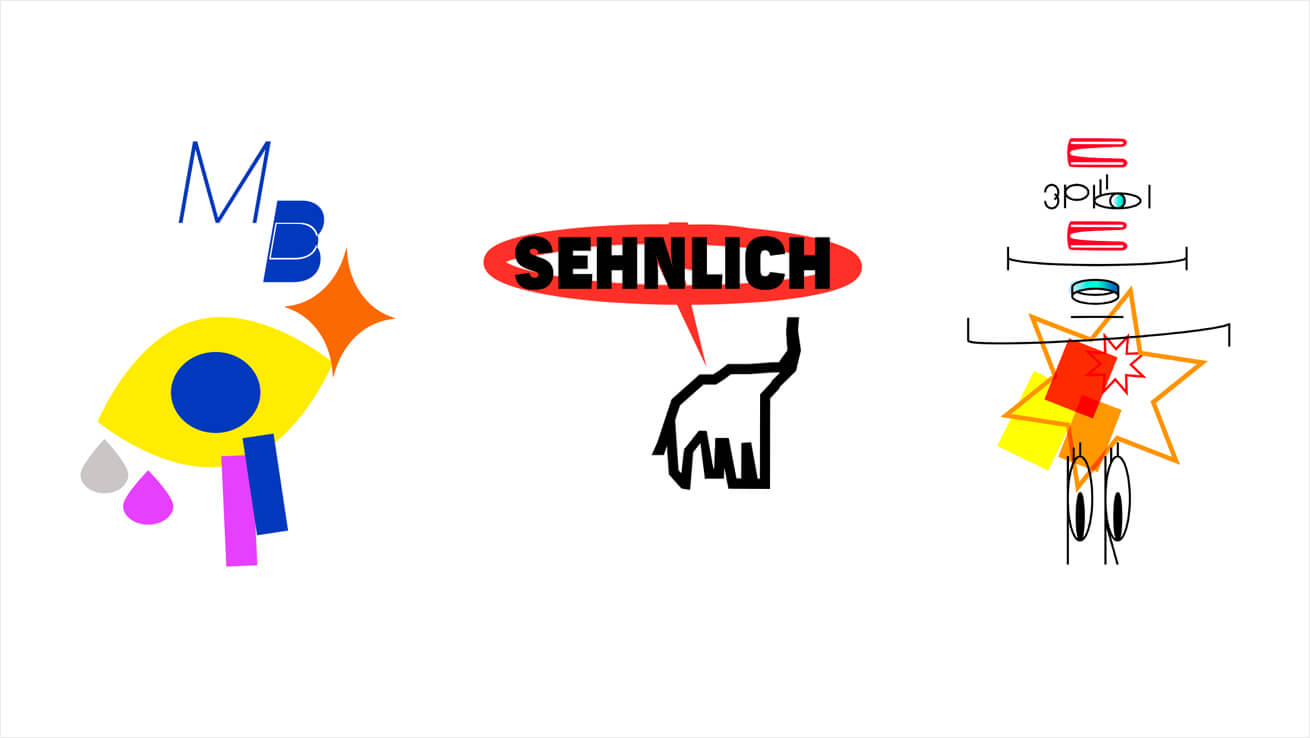His name was Nikolay Ironov, and for a year, he designed logos for influencers, restaurants, apps, and new products. As a critical member of Russian design firm Art. Lebedev Studio, his clients were happy with his work. And they should have been! Looking through Ironov’s public portfolio, the brand work is full of quirky, bold identities—with an undefinable whimsy that you might even call soul.

But there was a catch.
It helps that the system is a bit more sophisticated than a random logo generator, though. As TNW reports, it’s set up so that a human designer can enter text about a company, and from that text, the AI will pick out key words to visualize. (A logo for Explosive PR Agency features sharp explosions, while a logo for a company called Pilot features a figure with a large wing in their back.) Then, a series of touch up algorithms, smooth out the rough edges of the design, and create color palettes. The human designer is then offered a series of branding options, all wildly different, and sometimes, as the company admits, they can even look “crazy.” But while they continually input more visual styles into Ironov’s taste—and the studio does seem to still be using the software for design—they don’t want to limit its creativity. Because it’s specifically taking different design directions than a human might think up, which is a type of value, too.


Truth be told, generative logo design is nothing new. Some brands are actually designed with AI at their core, so that they can constantly evolve, albeit within specific design parameters so that a consumer can still recognize the brand itself. And companies like Adobe and Autodesk are already offering AI suggestions within the design process, building automated options into their products. (And this is not to mention countless online logo design sites, which use algorithms to suggest instant brands designed by mixing and matching generalized components.)
Ironov wasn’t a real person. He was an AI system designed by the firm. A machine trained on hand-drawn vector images, Ironov learned to generate brand design with a human touch, much like AIs that have studied so many images they can generate realistic people from scratch. And when clients finally learned the truth behind Ironov, apparently they were amused rather than angry.


